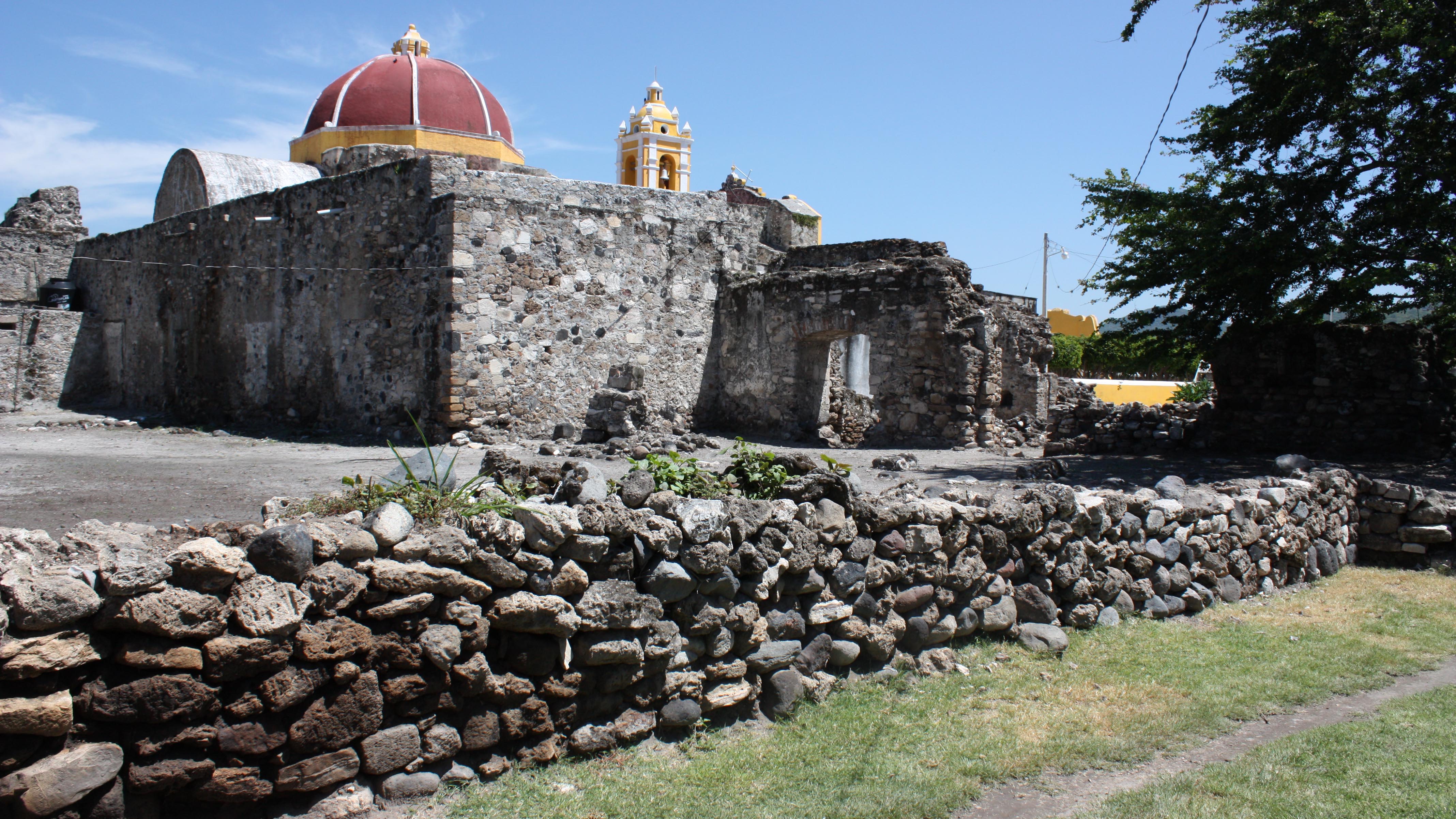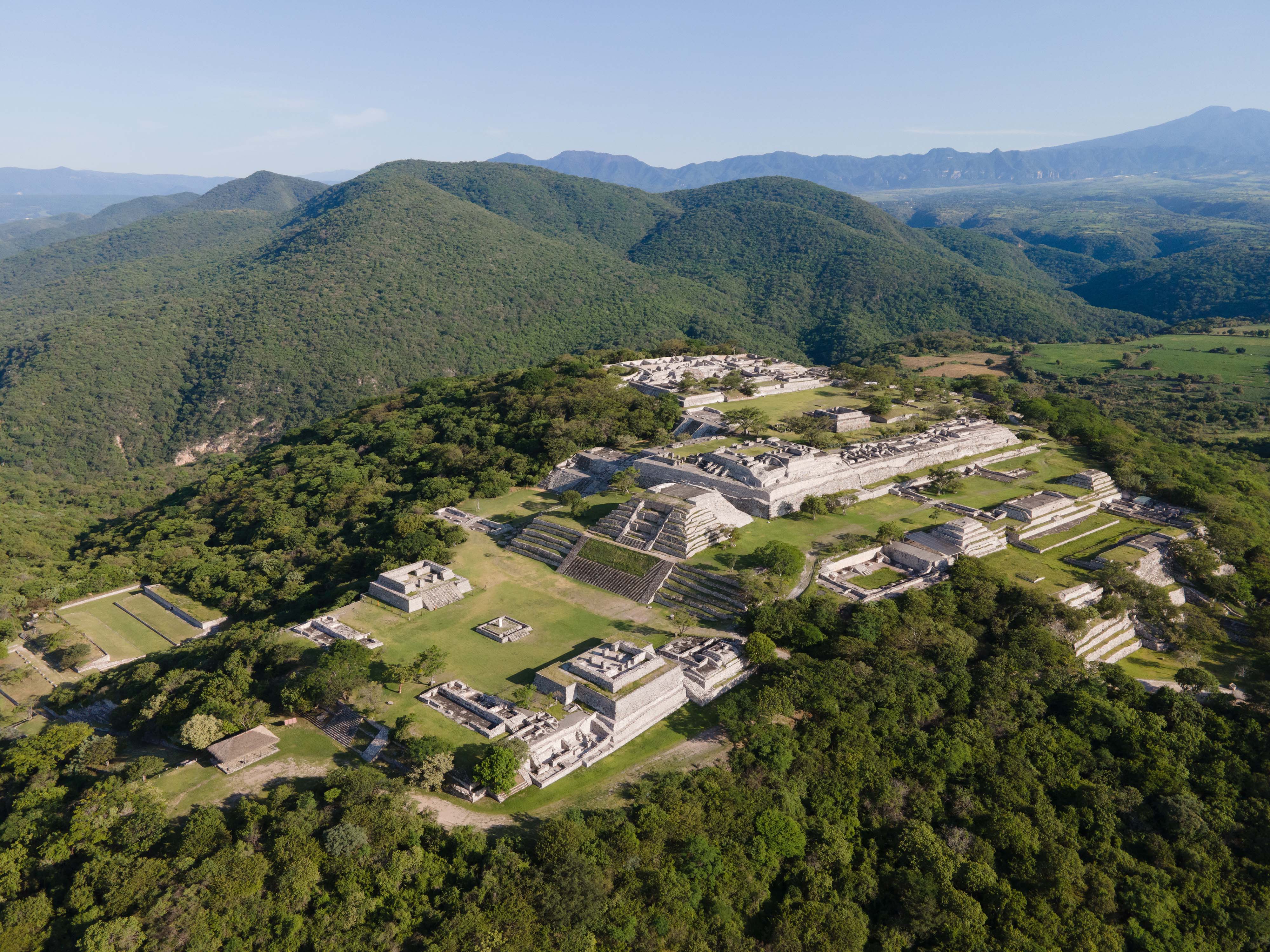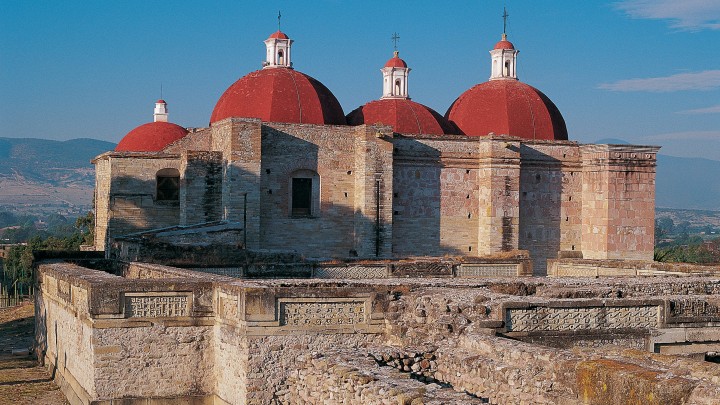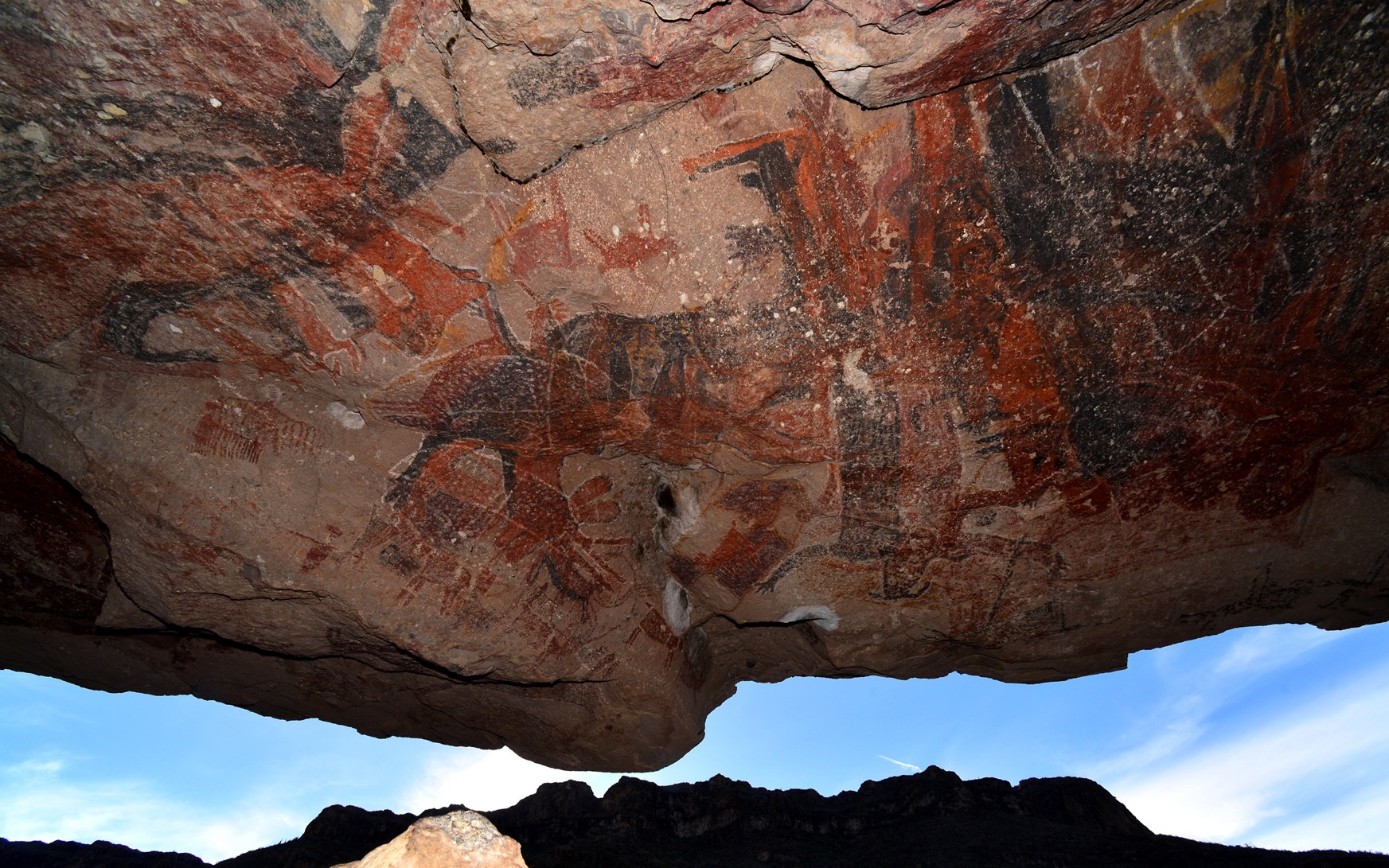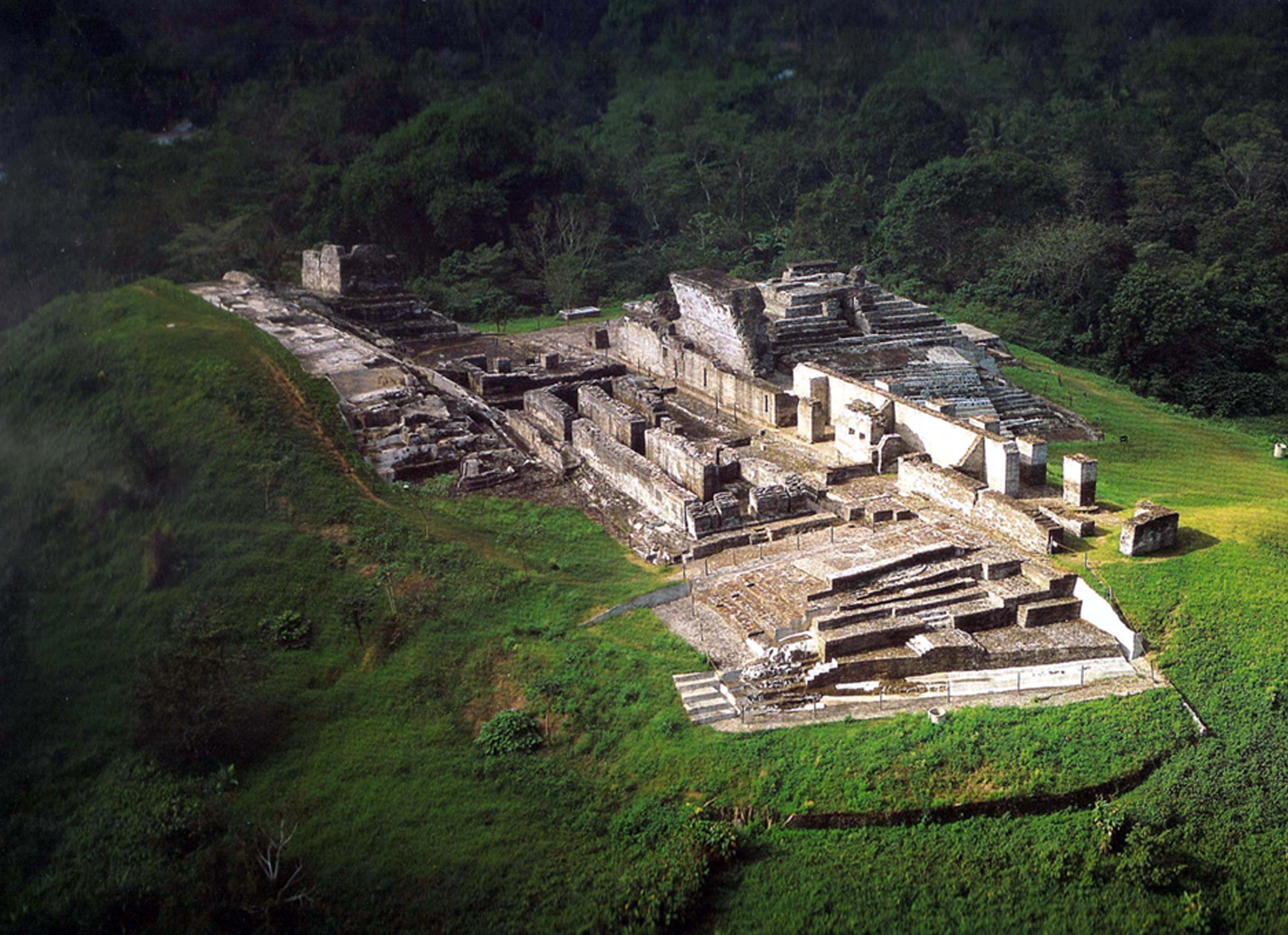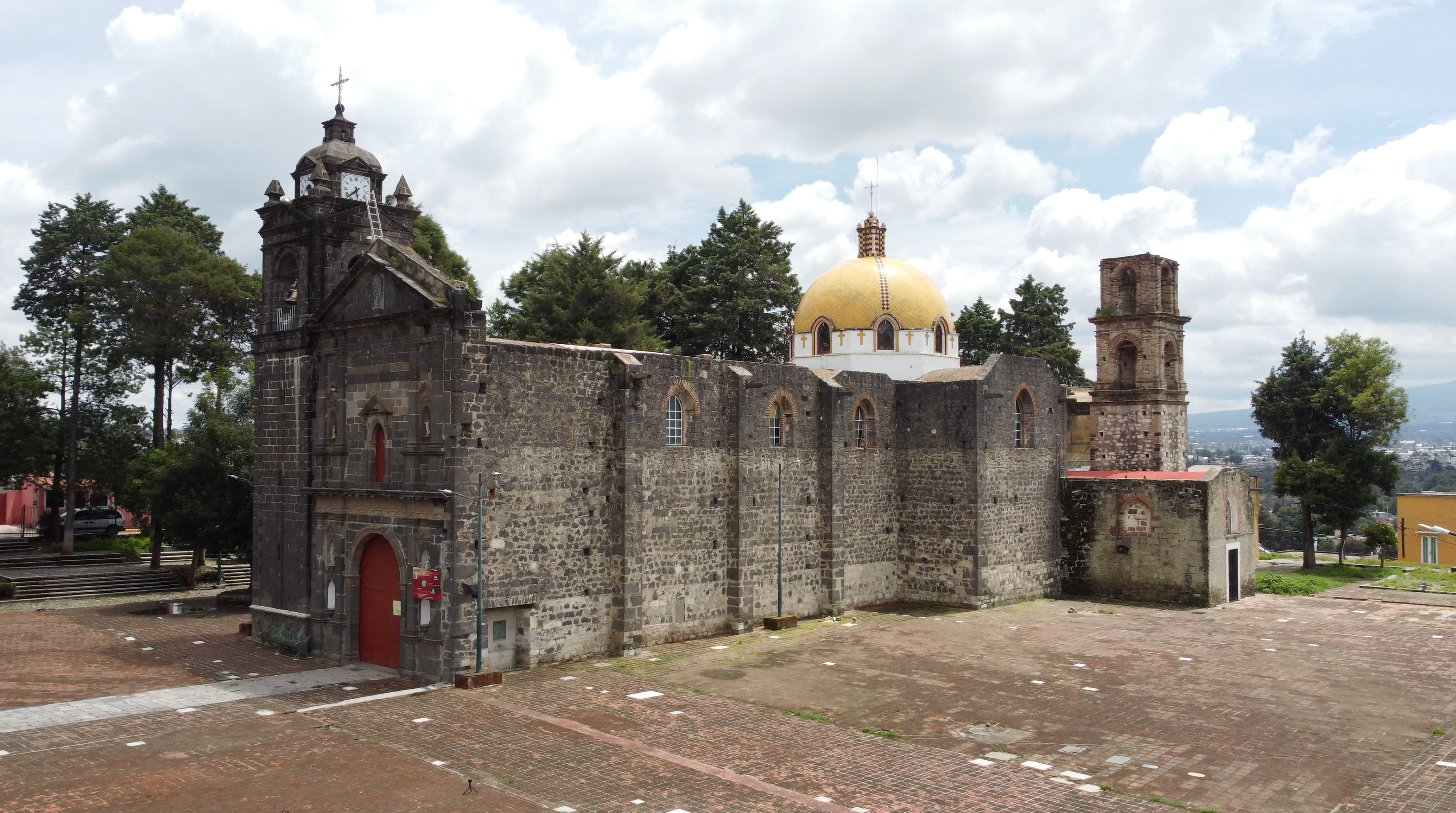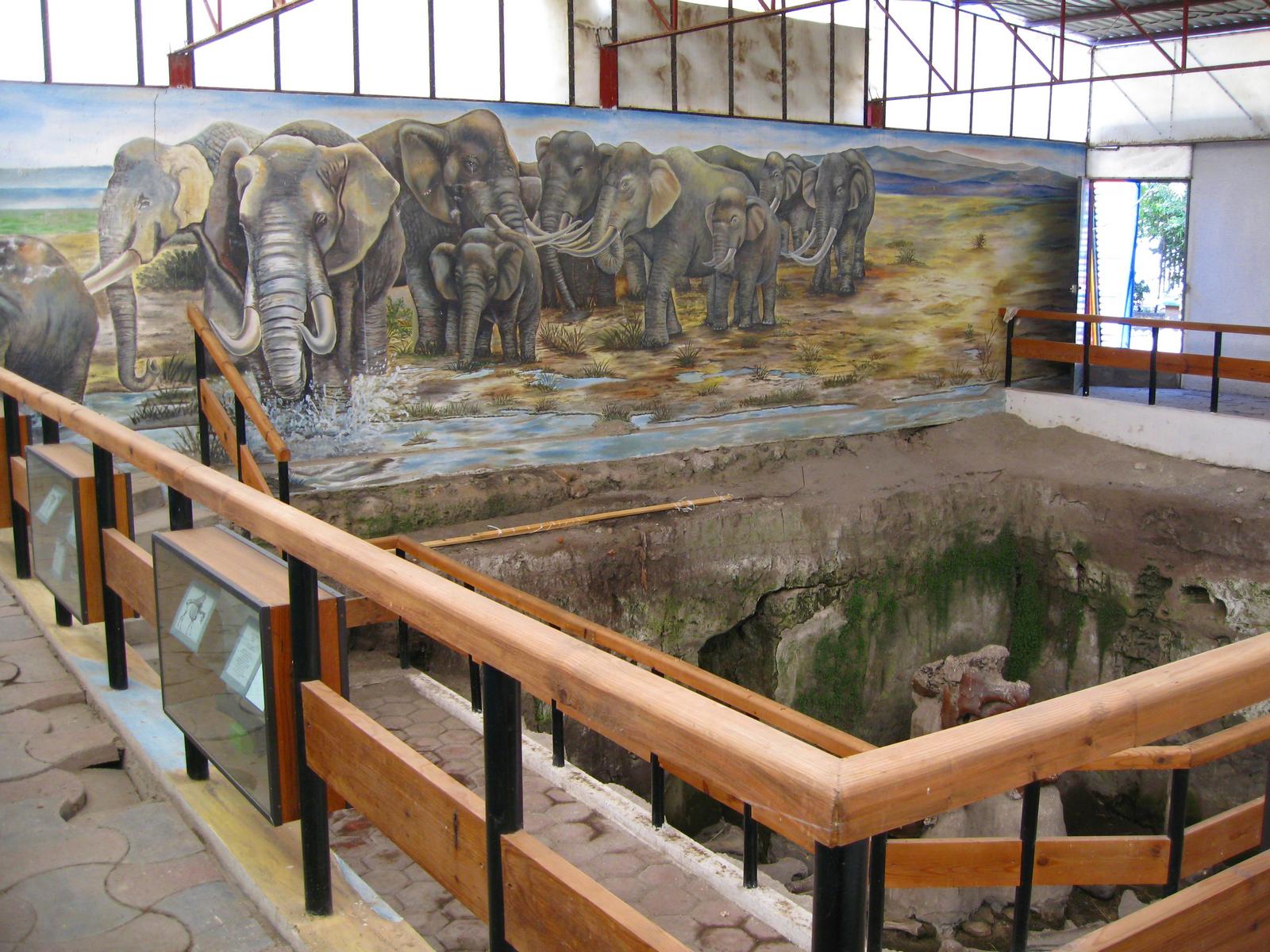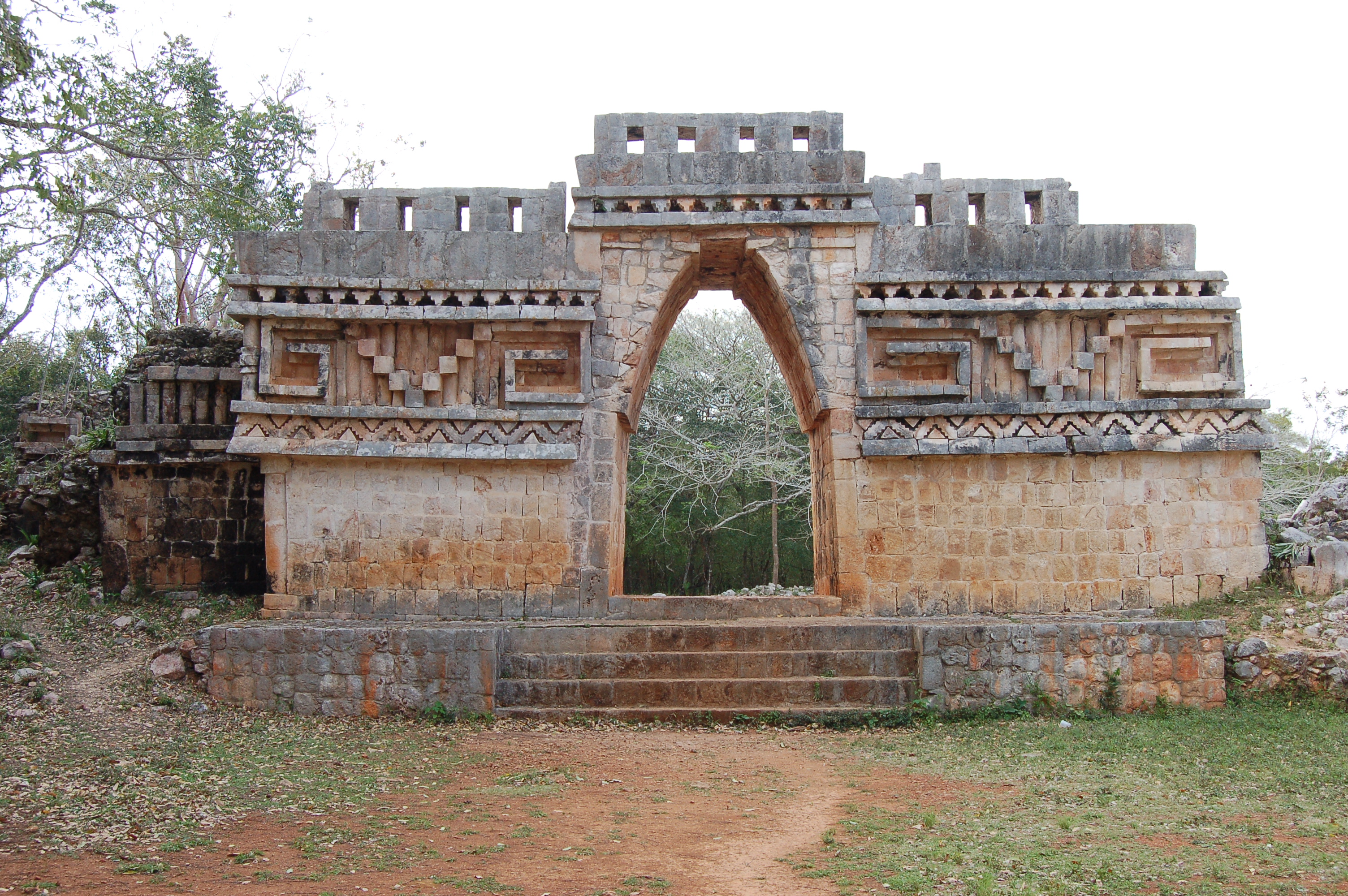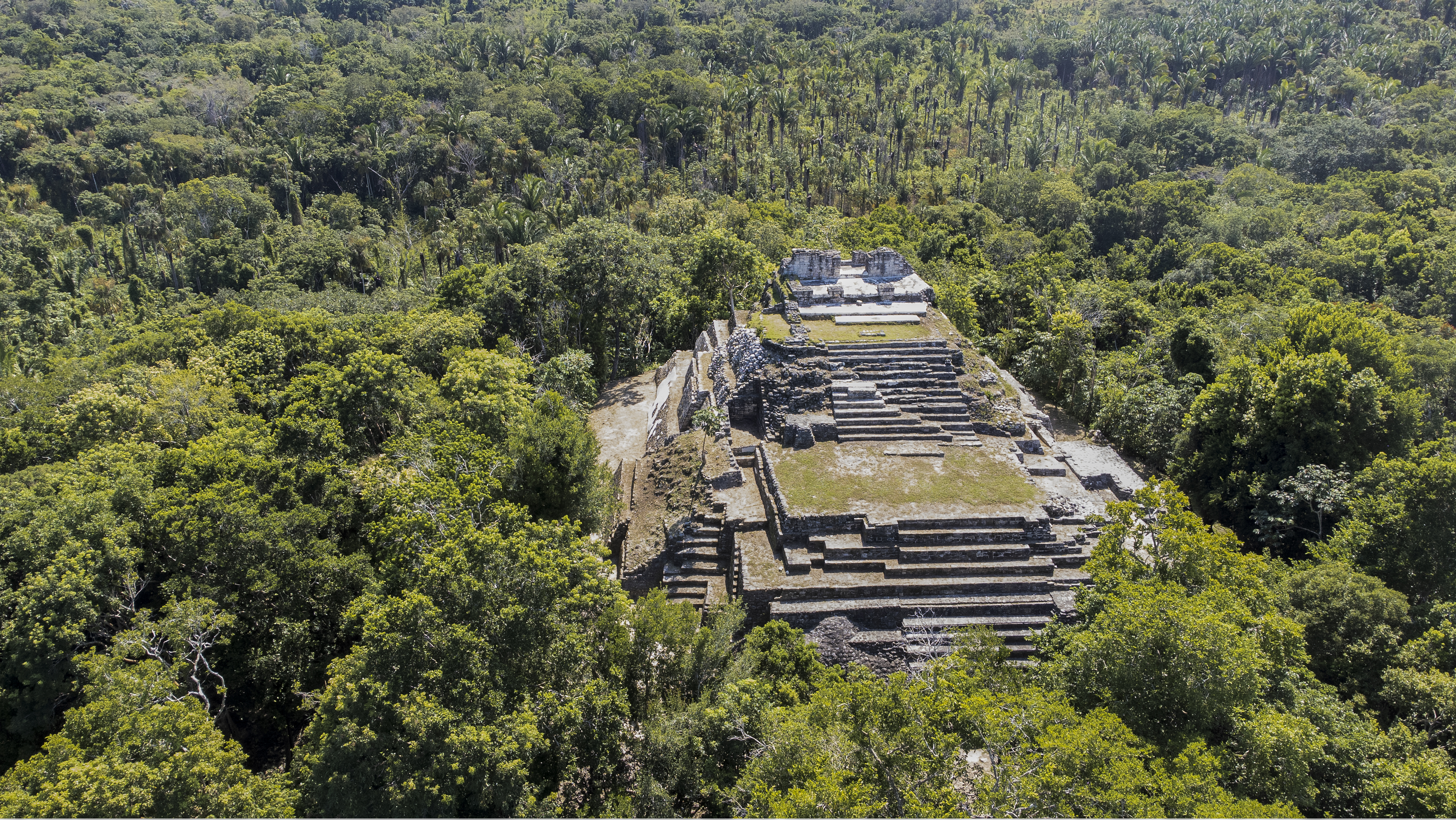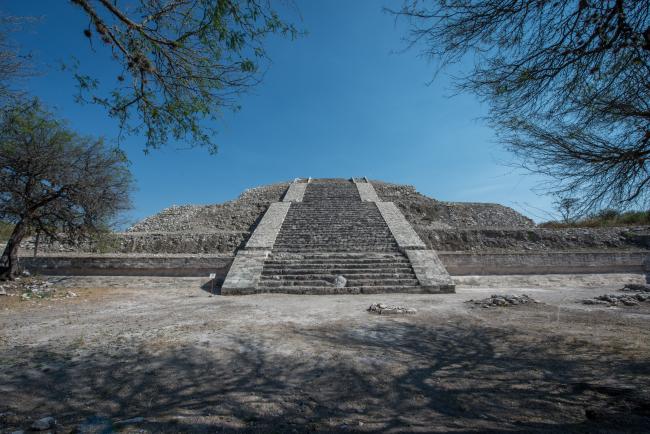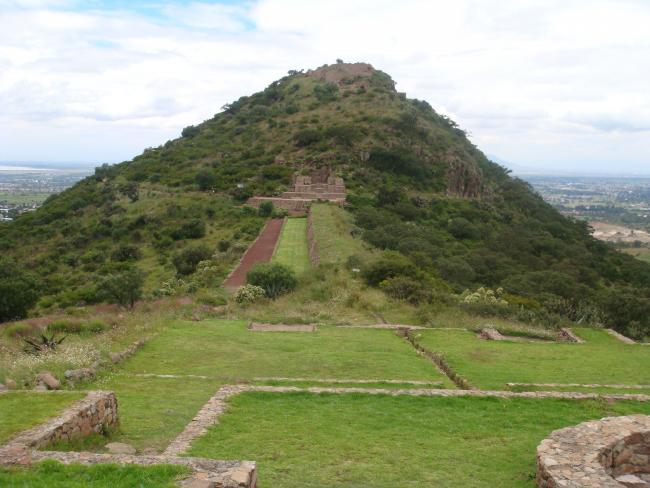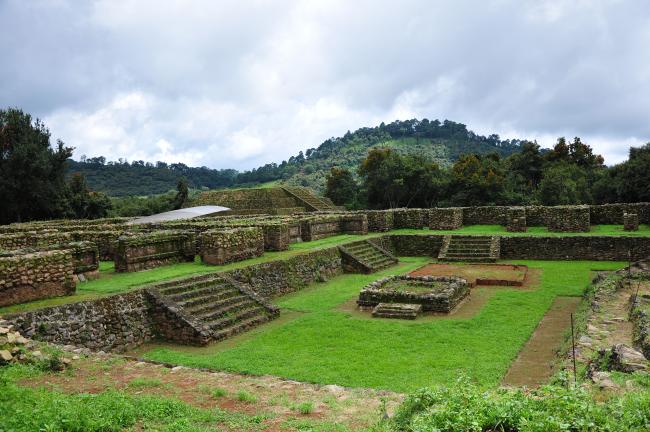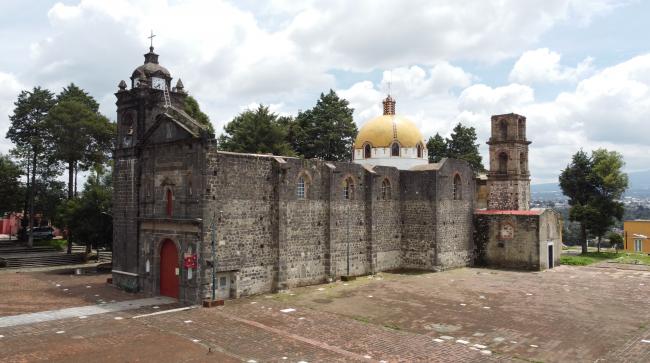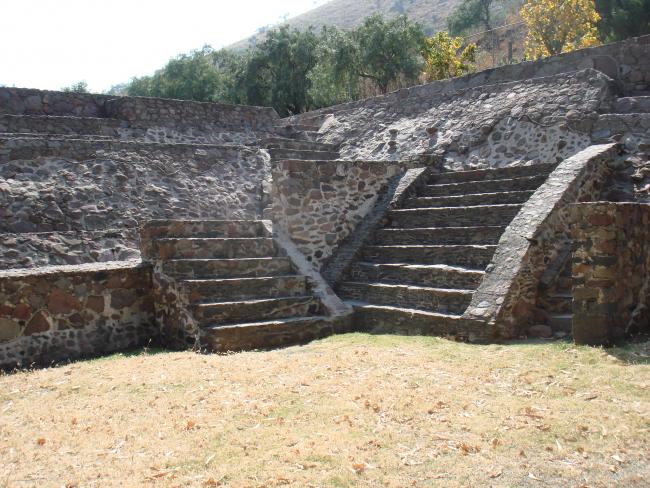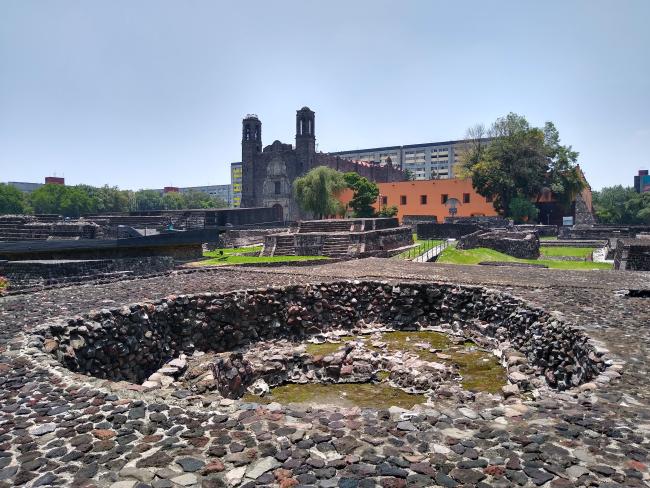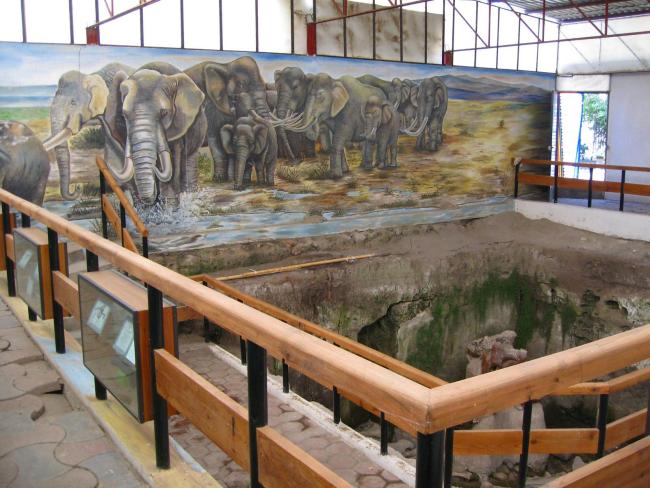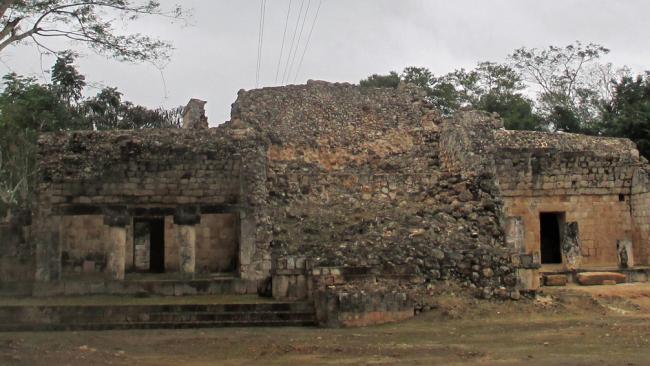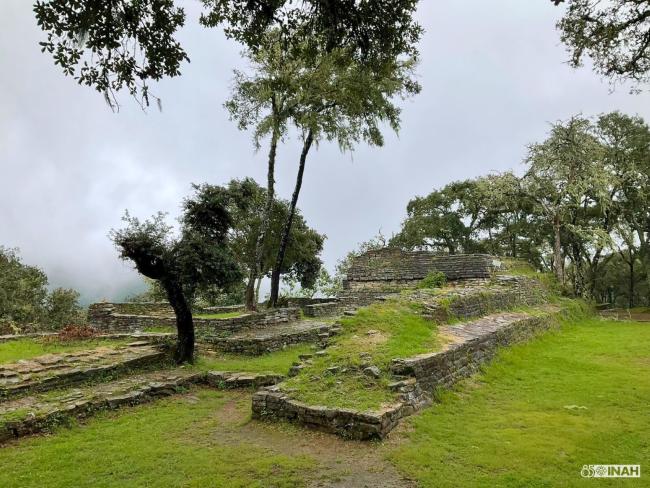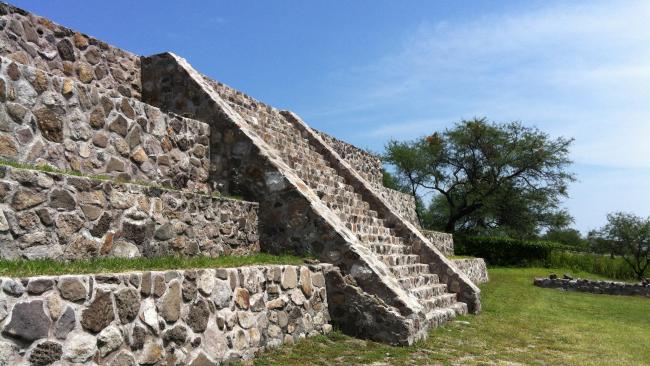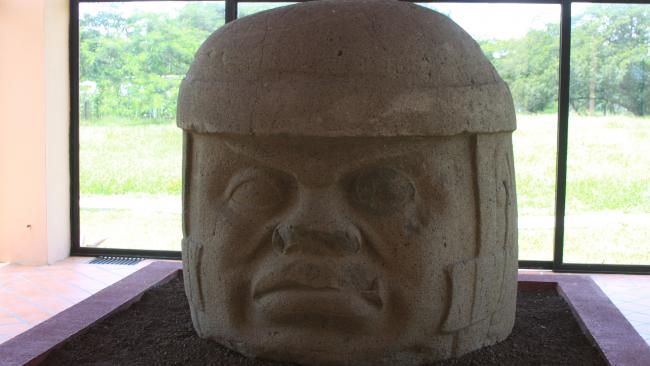
Zonas Arqueológicas
Teteles de Santo Nombre
The site is thought to have been a key settlement of the pre-Hispanic period in terms of its interactions with the central area, the Gulf and Oaxaca. The site is in the south of Puebla and has architectural features similar to Teotihuacan, as well as sharing cultural traits with Tehuacan and the…
Tetzcotzinco
A place of great beauty, popularly known as “Nezahualcoyotl’s Baths” (1421-1521 AD). Designed by the famous poet king of Texcoco, it is said he came here to fast and meditate. Remarkable for its water works (aqueducts, pools and canals).
Tingambato
Settlement prior to the peak of the Tarasco domain, much influenced by Teotihuacan. Large platforms, ball court, numerous chambers and tombs with rich offerings portray the life of this town. Located between Pátzcuaro and Uruapan, there is still much to be discovered.
Tizatlán
The remains found in this archeological zone include two polychrome altars depicting the gods Mictlantecuhtli, Tezcatlipoca and Camaxtli, principal deity of the Tlaxcaltecas.
Tlapacoya
A very ancient site in the Valley of Mexico, on the shore of Lake Chalco, which is practically dry today. It was one of the earliest ceremonial centers in Mesoamerica. Human remains from the site date back 25,000 years and the site is famous for its small female clay figures.
Tlatelolco
A former center of government, Tlatelolco was a twin to Tenochtitlan, a friend and a foe, a companion in trade, construction, power, and religion; both were totally eclipsed following the Spanish Conquest. Many impressive remains are on view in their original location and in the site museum.
Tocuila
Paleontological deposit, whose density in terms of elements recovered makes it one of the richest deposits of late Pleistocene and early Holocene fauna excavated to date in the entire American continent.
Tohcok
Singular Maya city, small, rich and strongly hierarchical, it flourished 12 centuries ago. Two particular architectural styles dominate: Chenes and Puuc. Notable are the columns with circular base, well-braced false arches and vaulting, mosaics and masks with complicated filigree designs in…
Toluquilla
Situated south of the Sierra Gorda, this city was inhabited from 400 AD until shortly before the Conquest. Miners and mineral workers, influenced by different cultures, left impressive constructions in the area.
Toniná
Situated on the border of the Mayan highlands and the lowlands. A warrior state that overcame Palenque, and left a remarkable Acropolis, built of platforms one superposed upon another, and a pyramidal structure unique in the Mayan area due to its complexity and monumental size; it is even taller…
Tres Cerritos
A 1,600-year-old Purépecha site which was used as a sacred burial ground for centuries after it had been abandoned. This is demonstrated by the remains of 120 chiefs, servants and sacrificial victims, its rich offerings, the ruins of its buildings and the stones of the neighboring Santa…
Tres Zapotes
Ancient Olmec city, contemporary with La Venta, which reached its height 3,700 years ago and ended 2,400 years ago. This culture produced some impressive colossal stone heads, and a famous stela with the second earliest date recorded in Mesoamerica, correlating to: September 3, 32 BC…

